I’ve had a go at software makers before over giving us solutions that are second-best, because second-best has become the convention. While I can think of an explanation for that, viz. Microsoft packaged Windows computers in the 1990s with Word and Outlook Express, it’s harder to explain why peripherals haven’t been human-centred.
I thought about this with my monitor. It’s “only” 24 inches, despite being QHD. But it works for me, as 27 or more would see me move my neck to view the corners. I was always happy with the 24-inch Imac: I had no desire for it to be larger. If I had 27 inches I might need to sit further back, cancelling out the upsizing. Despite saying this, I can see in some situations where people would be quite happy with 27 (and even larger ones for coders), but it begs the question of why there aren’t more 24-inch QHD monitors on the market. My friend Chelfyn Baxter believes it is the optimum size for productivity (granted, he told me this over five years ago, though I still see little to fault him). Are our suppliers driving us to larger sizes, just as car importers are driving us to automatics here? (The latter is not backed up by any research on preferences, to my knowledge.)
The same thing applies to keyboards. To me, the optimum width of a keyboard is around 40 cm. Any wider, you’re reaching for your mouse and causing repetitive strain injuries. I’ve stuck to my 40 cm rule for a long time and haven’t had the sort of pain I had in the late 1990s and early 2000s when I had a standard-width keyboard. The mouse is roughly where I expect it to be, and I wouldn’t object if it were closer still. Again, it begs the question of why 40 cm isn’t a standard if it saves us from pain.
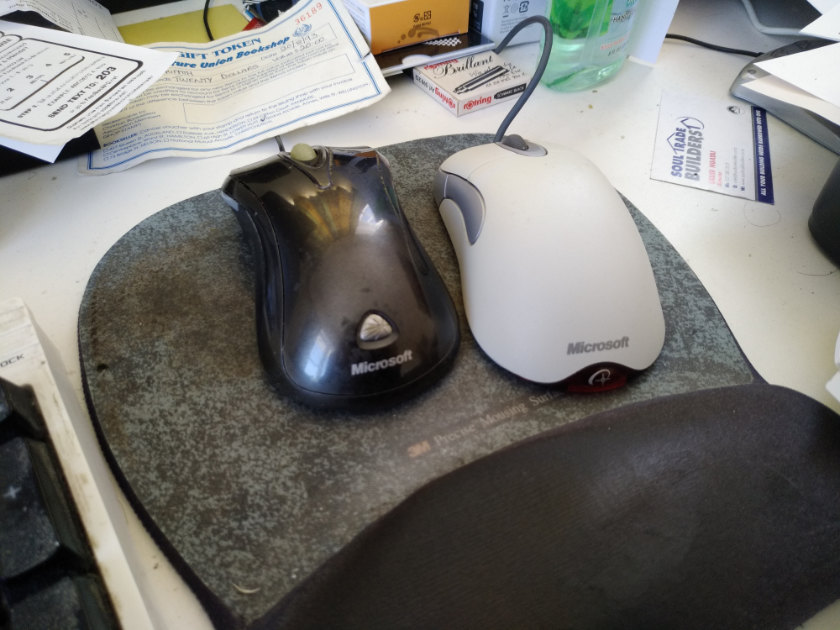
Then there’s the mouse—I now use a Microsoft Intellimouse 1.1 from the early 2000s after my 2005-made, 2015-new one gave up. I know there’s a lot of comedy around the US president having small hands, but we’re no longer in the sort of society whose products change to appease a leader. But regular mice are awfully small, a trend that seemed to have begun in the 2010s. I can’t hold them and maybe I have large hands, but I can’t be alone. In so many places I visit, I see some very uncomfortable hands try to grip a small mouse. I learned that was a bad thing in the days of the round 1999 Apple USB mouse (it wasn’t the Imouse), which created a trade in adapters that snapped on around it.
Fortunately, mice manufacturers do offer larger sizes, recognizing that not all of us accept a child’s size as the standard. Here I can understand why mice have downsized: the manufacturers attempting to save a few bob and forcing more of us into it. However, there must be a decent part of the population who think, ‘I’ll be uncomfortable with that. I won’t buy it,’ and let the market move accordingly.
I wonder how much more comfortable and productive a chunk of the population would be by following a few basic rules: have a monitor—whatever size suits you—where you limit strain on your neck; have a keyboard around 40 cm wide or less; and have a mouse which your hand can rest on (and keyboard wrist rests and mouse wrist rests to suit to make you comfortable). But I know most of us will just go, ‘The default is good enough,’ and unnecessarily suffer.

Speaking of practical, I hope Mudita gets its designs on the market sooner rather than later. Who needs pizzazz when we all value simplicity? Technology serving humanity: what a novel idea! Here’s how we can help.

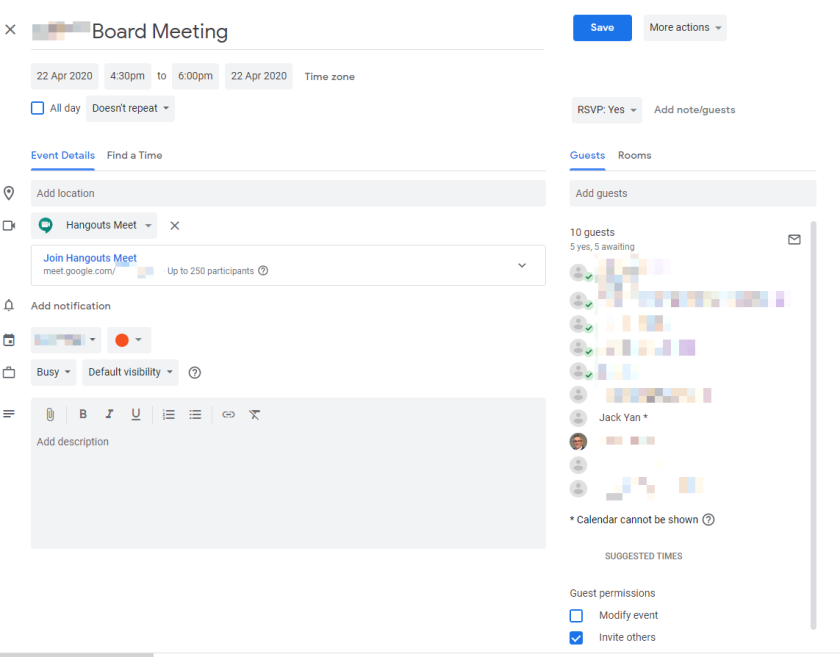

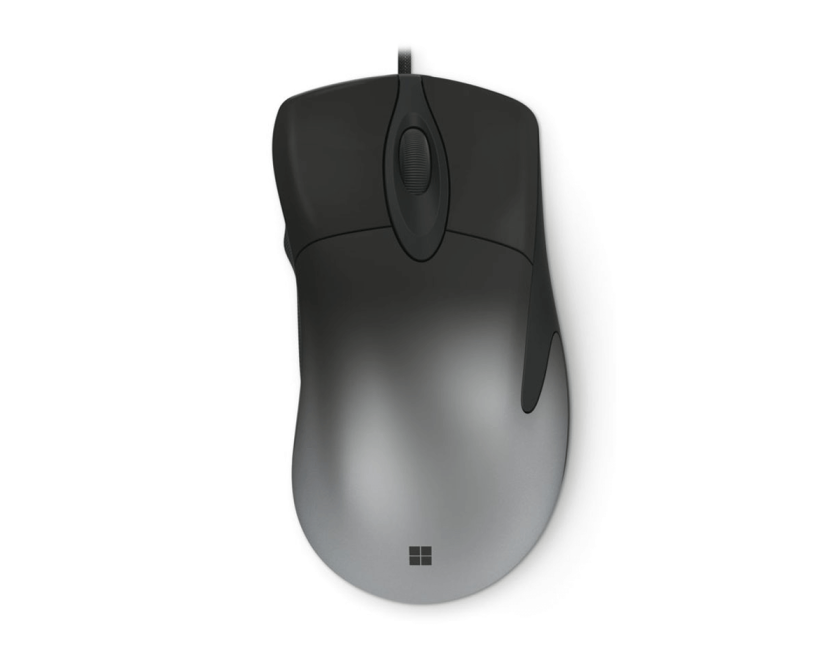
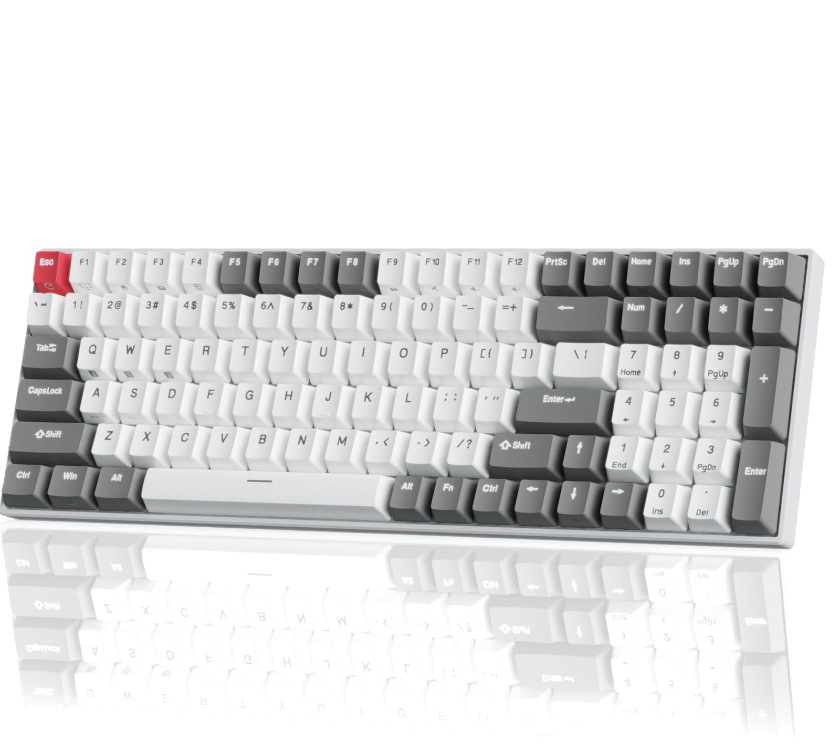

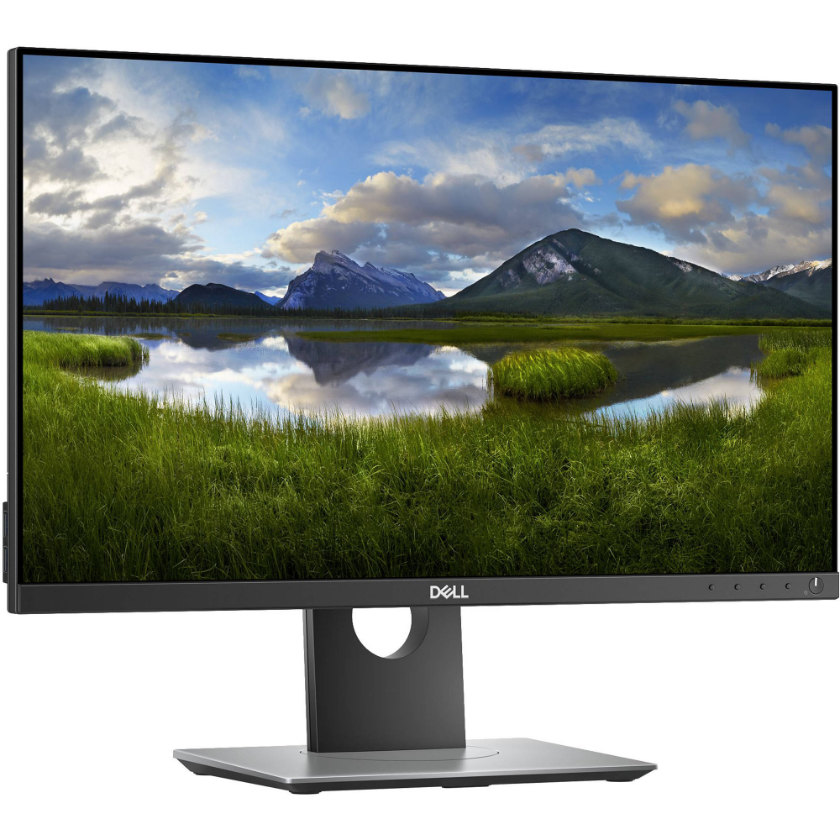
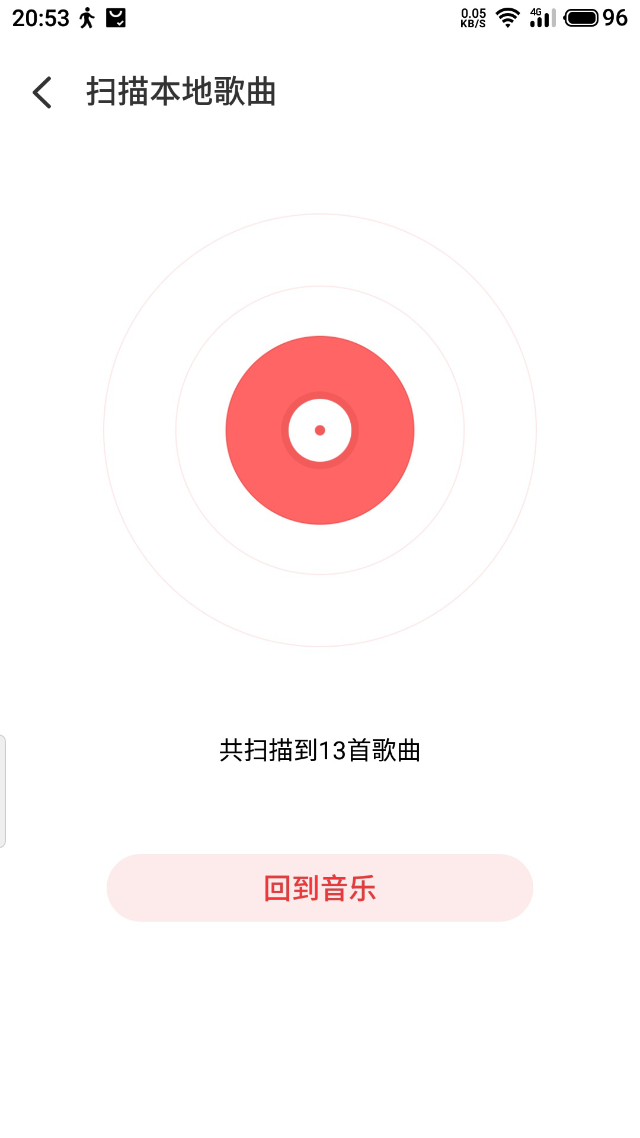
One thought on “Human-centred peripherals should be the norm”